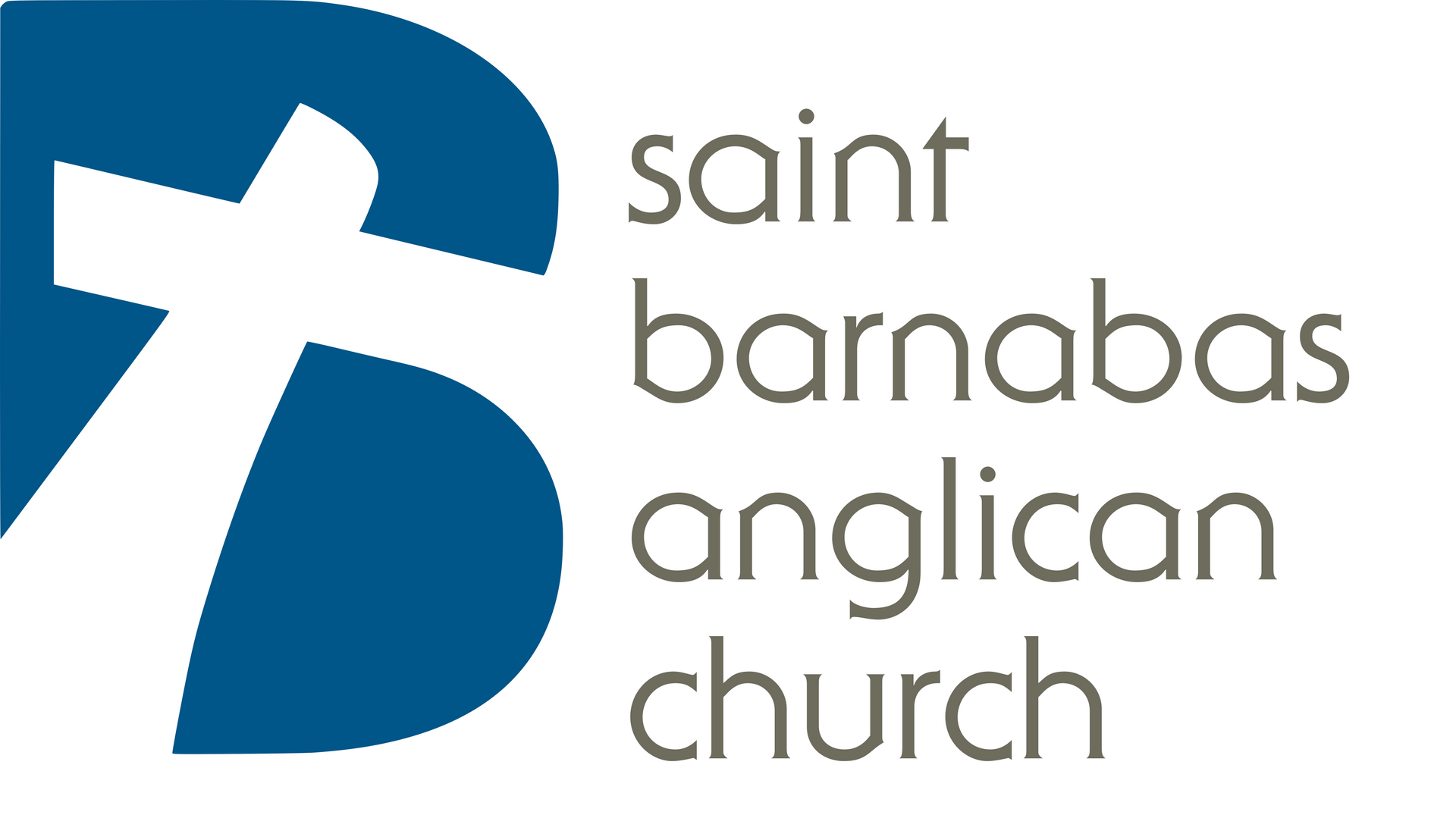Asking Why - Why are the robes worn by the priest and servers?
This series of articles will cover a number of topics addressing various practices we have within Anglicanism. Many broad questions will be tackled, however if you have a specific question, please email me at andrew.petta@gmail.com.
Why are the robes worn by the priest and servers?
Excerpt from The Liturgy Explained by Thomas Howard
These are very complicated-and no brief summary will quite do-but the following may help those who are unfamiliar with clerical garb. There are ancient significances attached to every garment the priest wears.
In many churches the priest wears a cassock, which is a long, straight, black garment, and over it a surplice, which is a loose, plain white outer garment, with either a scarf (plain black and very wide) or a stole (narrower, and often brocaded; almost always colored) around his neck and hanging straight down the front of the surplice.
These particular garments, when worn at the Eucharist, are most often in use in parishes which wish to stress their special loyalty to Reformational ideas such as that no "priestly" function attaches to the minister's role, and that no offering occurs at the Communion. These are not strictly speaking "vestments" at all. They have been known as "choir habit," referring to their origins in the dress of the men and boys who sang the service in the Middle Ages.
Note: The afore mentioned articles are primarily worn in this diocese for daily offices, funerals, weddings, or any service that does not involve Communion (with a few exceptions). The stole however, does signify the office of the wearer. If straight down, it signifies a priest or bishop. If worn across the left shoulder, crossing over the heart, it signifies the wearer is a deacon.
Eucharistic vestments, strictly speaking, include the alb (a plain white fitted garment), the cincture (a rope around the waist), and the chasuble (the short, circular over garment, very often brocaded, or at least bearing some design)...There are, or have been, other garments, including the amice, which looks like a towel bunched around the priest's neck and is actually a hood, the maniple at the wrist, and the cope, which is the very large, usually richly ornate, outer covering garment designed for processions, and worn often in procession by the bishop, visiting clergy, and the celebrant.
Note: Each of the Eucharistic vestments were both quite symbolic as well as practical. The amice, for instance, kept perspiration from getting onto the silk chasubles during a time when cleaning them was quite difficult. Since then, many biblical references and prayers have been associated with each particular vestment as it is put on by the priest. You are welcome to read the prayers in the sacristy at any time if you'd like to know more.
Symbolic and allegorical meanings have been attached to every one of these garments, but like the arrangement of the church building itself these meanings vary from place to place and century to century. Some bishops wear a mitre, which is a high, pointed hat developed during the Middle Ages...Bishops carry, or have carried in front of them, a crozier, or crooked staff, as a sign of their office as shepherds ("pastors") in the Church.
All garments and vestments are intended to aid in worship as we present our best unto the Lord.
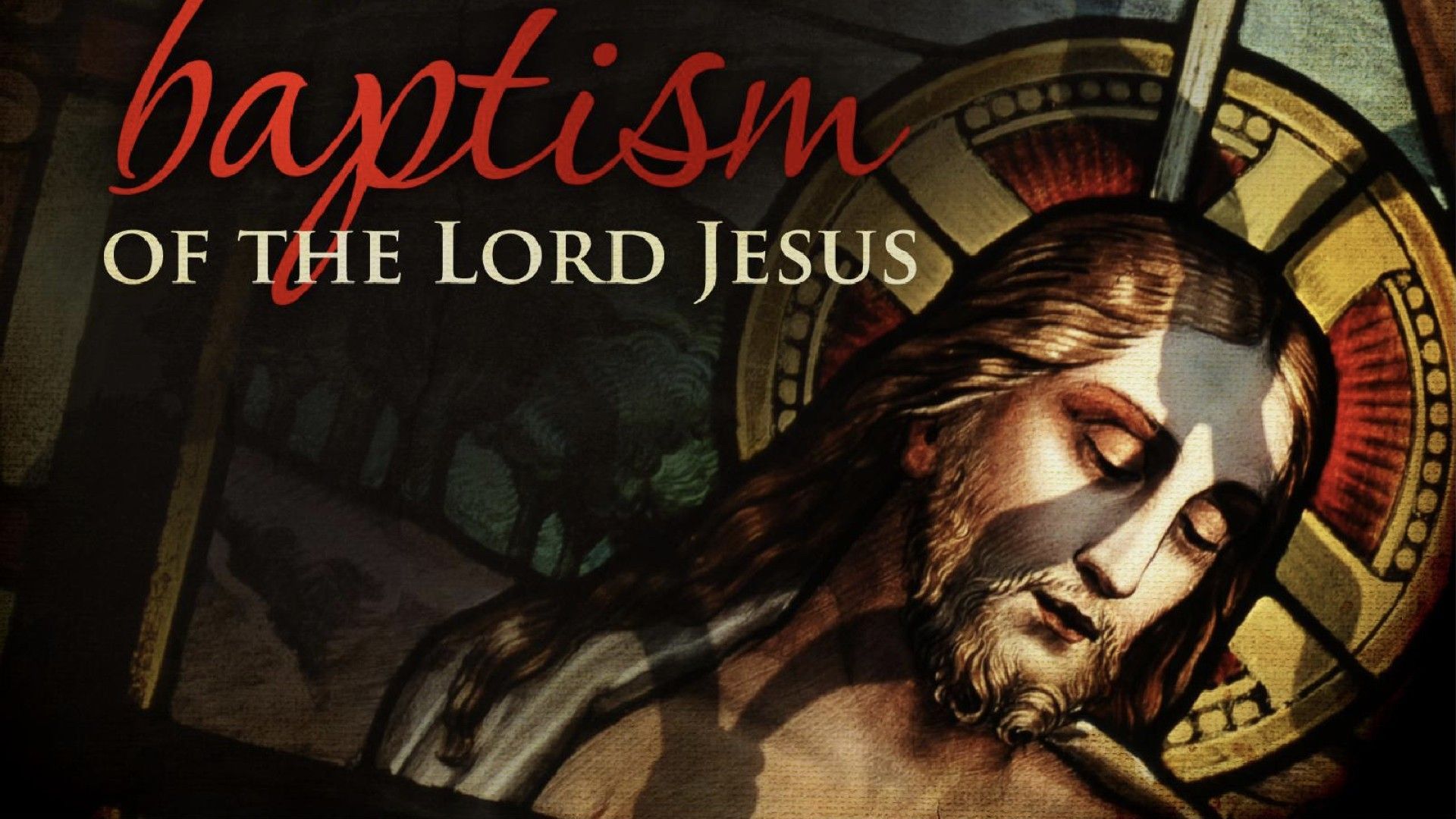
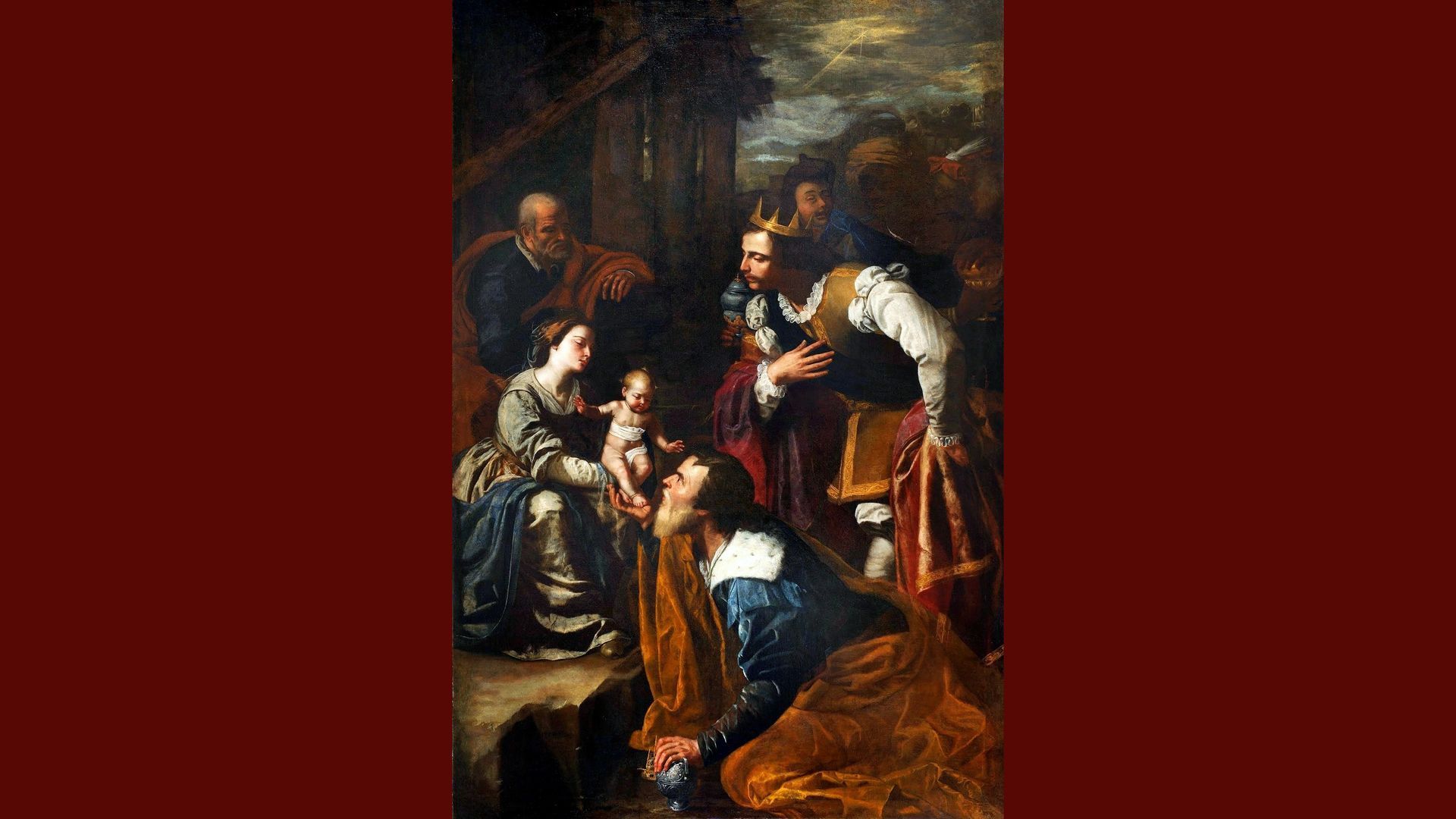

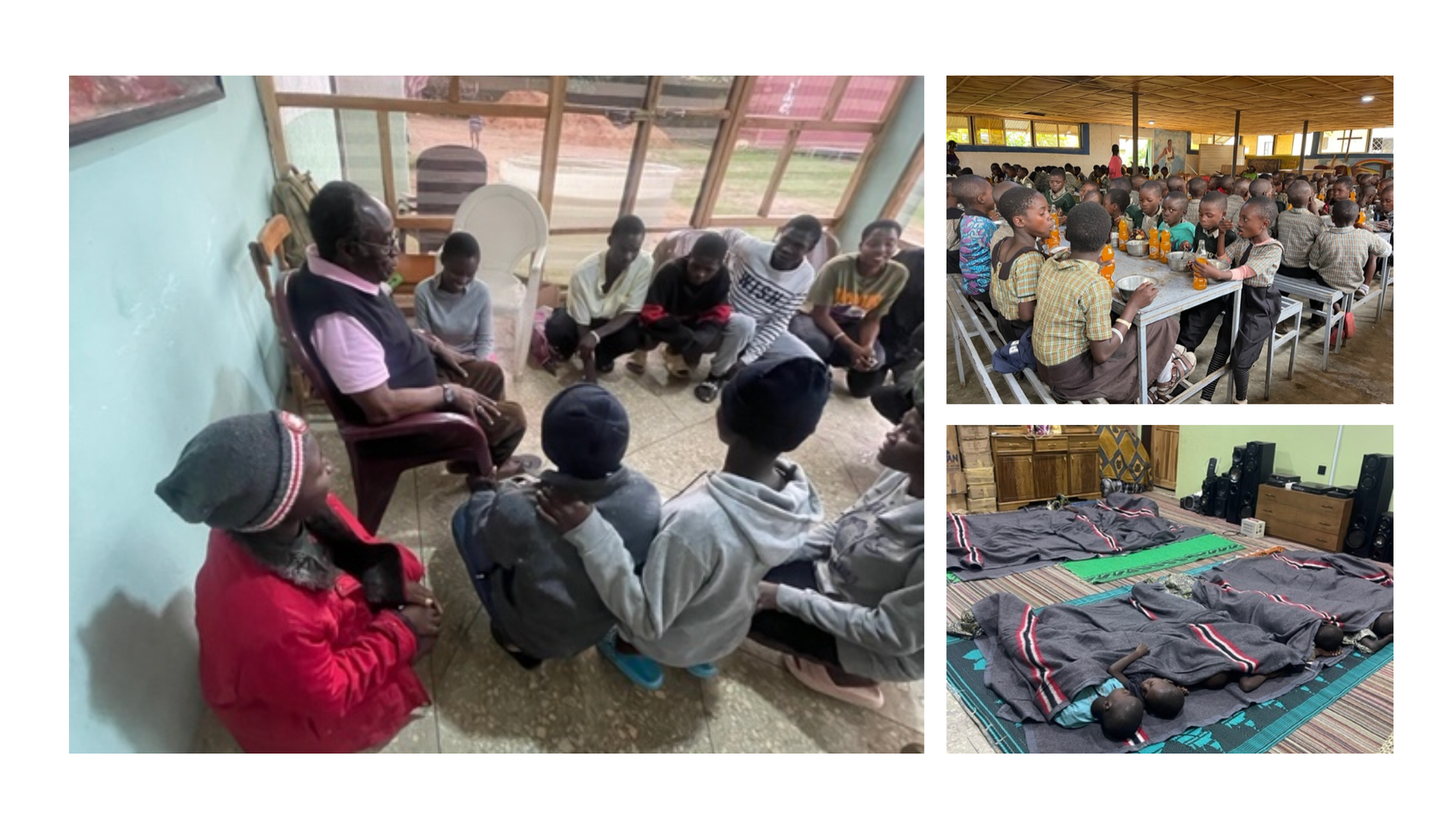
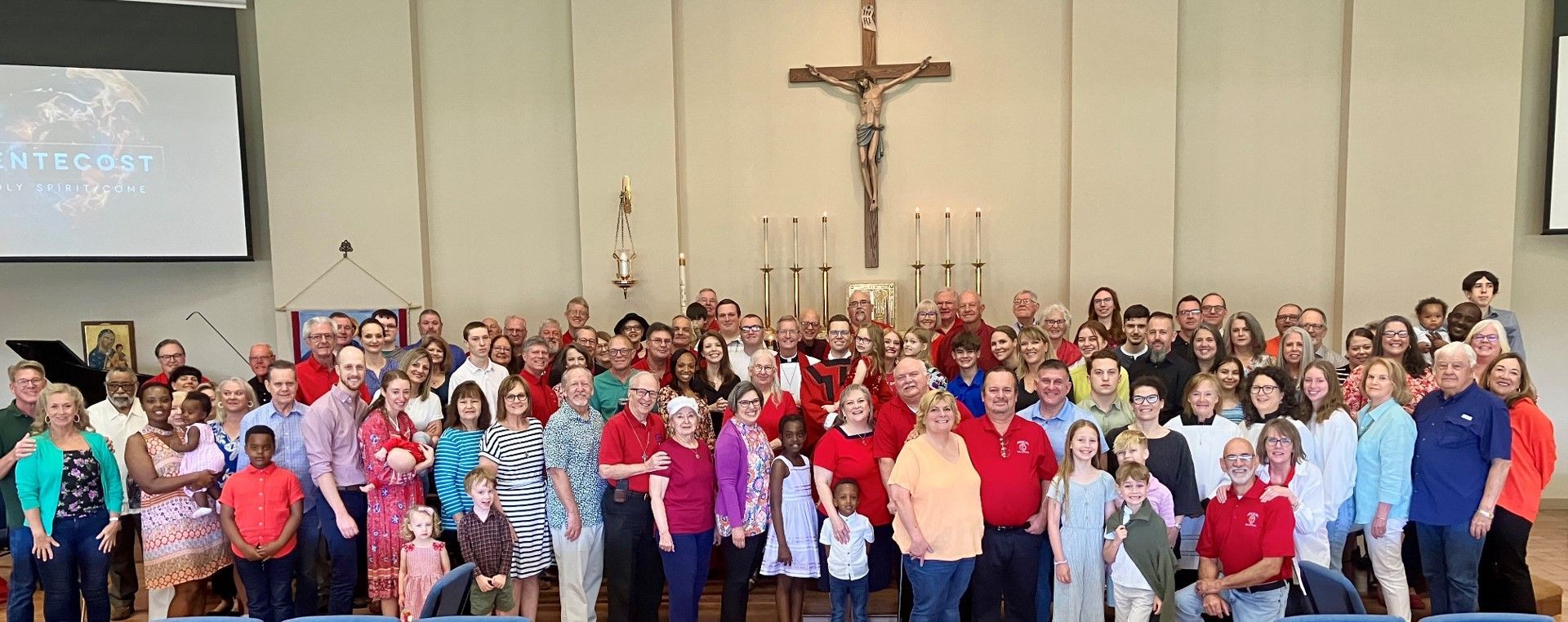


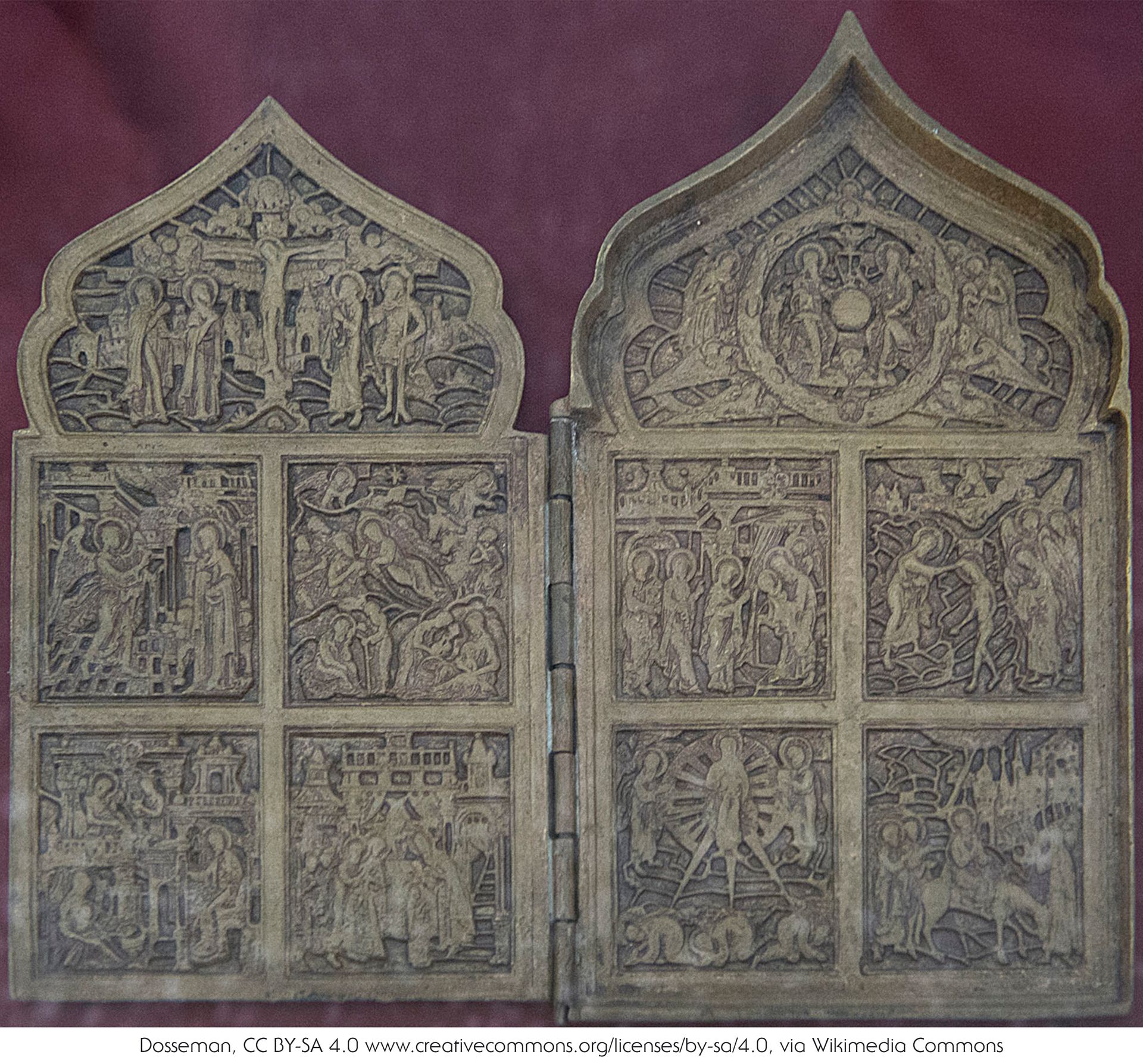

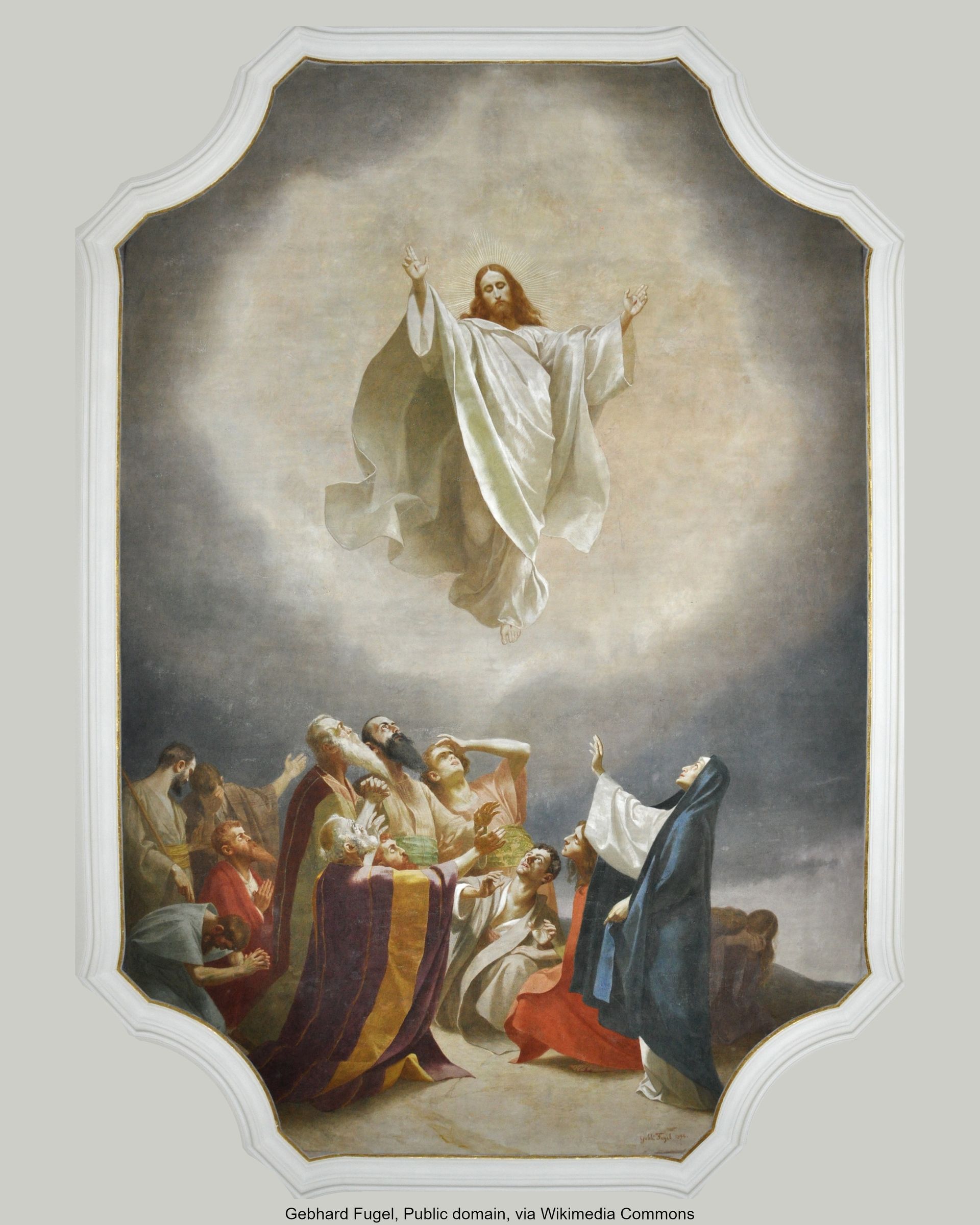
BROWSE OUR SITE
© Saint Barnabas Anglican Church Fort Worth


